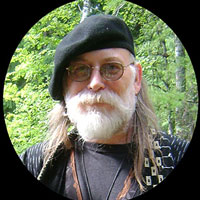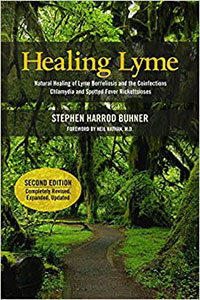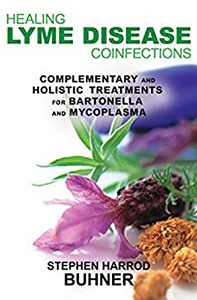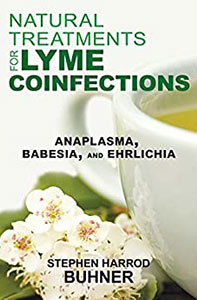Dear Stephen,
Do the herbs andrographis, red root tincture, or smilax interfere with klonopin (clonazepam)? I have lyme disease which causes myoclonic seizures and the only drug that seems to somewhat control them is klonopin. My other symptoms include imbalance, high ear pressure, inability to handle stimuli such as noise and crowds (and weather changes), mild tingling in hands and feet, muscle twitches, and fatigue. I have no pain. Currently I take diflucan, nystatin, and caprylic acid for yeast and mycelex for thrush. I also take milk thistle, a vitamin supplement, magnesium, and zinc. I plan to start the andrographis slowly with the red root and smilax. Then perhaps I will add in Japanese knotweed and/or cat’s claw. Does this seem appropriate?
Stephen’s response:
There is no material in the literature suggesting that there are contraindications for using these herbs with that medication. In general, you should find help with the ear and imbalance problems from knotweed. Muscle twitches respond well to B-12 intake daily. Fatigue is best treated by eleutherococcus. Yeast problems, I have found, are effectively treated with an equal combination tincture of desert willow and chaparo amargosa, 1 tsp 3x daily for 5-14 days.
Stephen
-
Stephen Harrod Buhner was an Earth poet and an award-winning author of twenty-four books on nature, indigenous cultures, the environment, and herbal medicine including the acclaimed book Healing Lyme: Natural Healing & Prevention of Lyme Borreliosis & Its Co-infections.
Stephen came from a long line of healers including Leroy Burney, Surgeon General of the United States under Eisenhower and Kennedy, and Elizabeth Lusterheide, a midwife and herbalist who worked in rural Indiana in the early nineteenth century. The greatest influence on his work, however, was his great-grandfather C.G. Harrod who primarily used botanical medicines, also in rural Indiana, when he began his work as a physician in 1911.
Stephen’s work has appeared or been profiled in publications throughout North America and Europe including Common Boundary, Apotheosis, Shaman’s Drum, The New York Times, CNN, and Good Morning America. Stephen lectured yearly throughout the United States on herbal medicine, the sacredness of plants, the intelligence of Nature, and the states of mind necessary for successful habitation of Earth.
He was a tireless advocate for the reincorporation of the exploratory artist, independent scholar, amateur naturalist, and citizen scientist in American society – especially as a counterweight to the influence of corporate science and technology.
View all posts













0 Comments